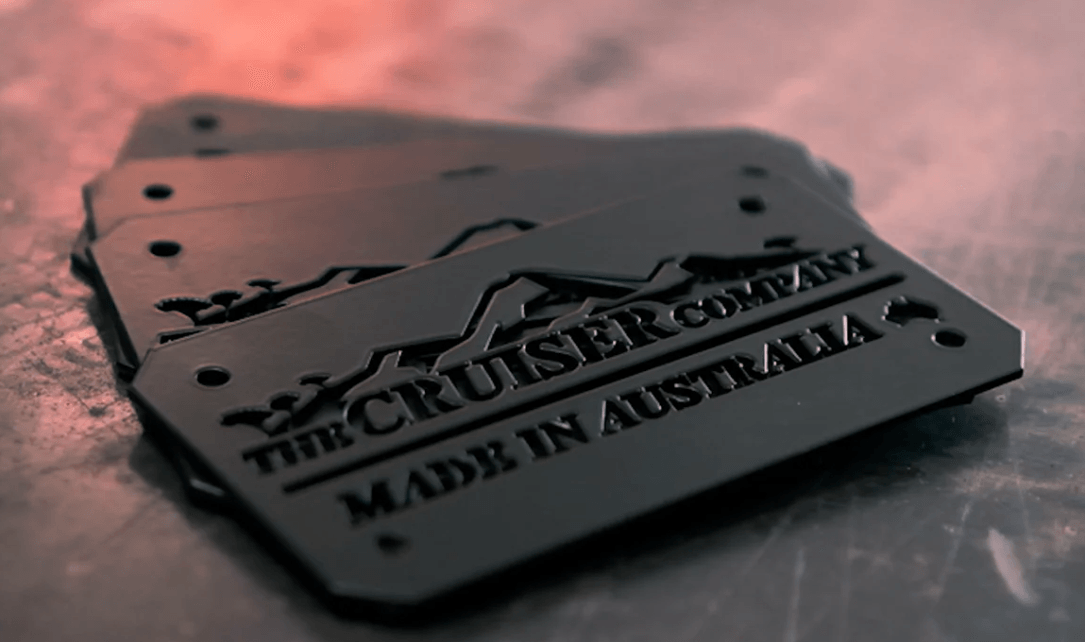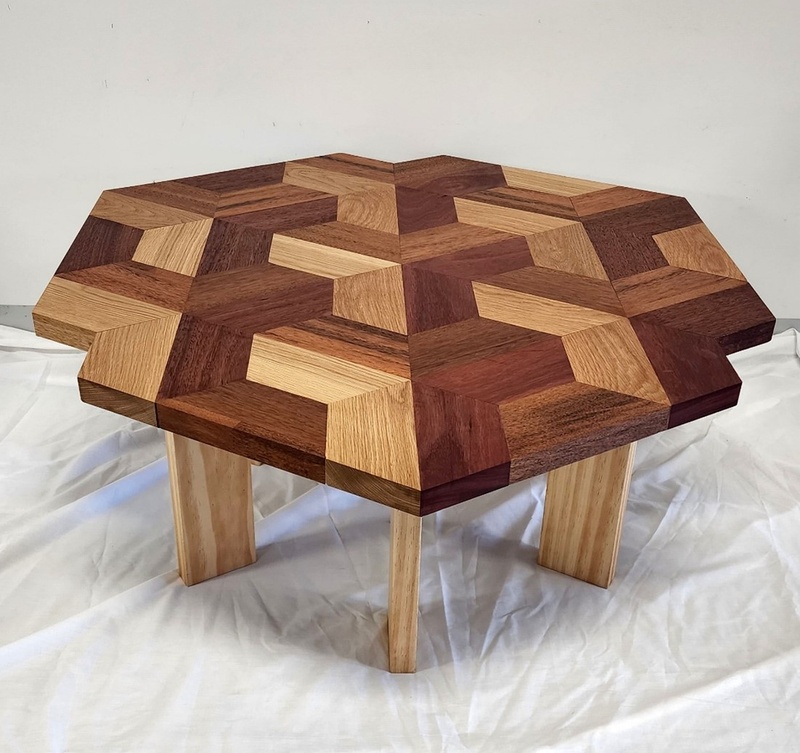Product design is a response to changing needs and to improve quality of life by designing creative, innovative and sustainable products. Product design is enhanced through knowledge of social, technological, economic, historical, ethical, legal, environmental and cultural factors. These factors influence the aesthetics, form and function of products. Central to VCE Product Design and Technology is design thinking, which is applied through the product design process providing a structure for creative problem solving. The design process involves identification of a real need, problem or opportunity that is then articulated in a design brief. The need, problem or opportunity is investigated and informed by research to aid the development of solutions that take the form of physical, three-dimensional products. Development of these solutions requires the application of technology and a variety of cognitive and physical skills, including design thinking, drawing and computer-aided design, testing processes and materials, planning, construction, fabrication and evaluation. For VCE Product Design and Technology students assume the role of a designer-maker. In adopting this role, they develop and apply knowledge of factors that influence design and address the design factors relevant to their design situation. The knowledge and use of resources is integral to product design. These resources include a range of materials, and the tools, equipment and machines needed to safely transform these materials into products.
Increasingly, the importance of sustainability is affecting product design and development, and so is at the forefront throughout the product’s life cycle.
Design Practices
Think like a designer. Work like a team. Build real ideas.
In Unit 1, you’ll dive into the world of design and discover how professionals think, collaborate, and solve problems creatively. Learn how teams of designers brainstorm ideas, conduct research, and take a concept from rough sketch to finished prototype. You’ll explore different ways to generate ideas using critical, creative, and speculative thinking, and practise the techniques used in industry today.
You’ll develop your own graphical product concepts using both manual and digital drawing systems, and bring your ideas to life by experimenting with materials, tools, and processes. This unit is all about learning by doing—thinking deeply, working practically, and designing with purpose.
Area of Study 1
Analyse and evaluate real-world products and design innovations. Learn why a strong design brief matters, what factors shape good design, and how to apply the Double Diamond design process to break down and solve complex problems.
Area of Study 2
Roll up your sleeves and get hands-on. You’ll test different materials, tools, and processes to explore how ideas can be shaped into working prototypes. Develop your skills in visual communication and bring your product concepts to life.
Positive impacts for end users
Design with empathy. Make a difference.
Designers don’t just create products – they create solutions that improve lives. In Unit 2, you’ll explore how design can support people’s wellbeing, access, equity, and sense of belonging. You’ll research the needs of real people (end users), consider how social and physical factors shape their experience, and then design and make a product that addresses those needs.
You’ll also gain insight into how culture influences design, including how Aboriginal and Torres Strait Islander peoples create meaningful, sustainable products that care for Country and reflect rich cultural traditions. This is your opportunity to design with empathy, responsibility, and impact.
Area of Study 1
Investigate how existing products meet the needs of diverse users. Use design factors and case studies to judge the success of a product’s impact and what lessons designers can learn from it.
Area of Study 2
Take what you’ve learned and put it into action. Design and make an inclusive product that directly responds to the needs of a specific end user, with a focus on usability, belonging, and accessibility.
Ethical Product Design and Development
Solve real problems. Design with purpose.
This unit is all about ethical, problem-based design. You’ll begin with a need or opportunity that matters to people, then plan and develop a product that addresses it in a responsible, sustainable way. You’ll use the Double Diamond design process and build your design thinking skills as you develop creative ideas, test them, and refine your concepts.
By stepping into the role of a professional designer, you’ll take your design from brief to proof of concept—while considering market needs, ethical research methods, and how to evaluate your product at every stage. It’s practical, thoughtful, and grounded in real-world issues.
Area of Study 1
Discover how designers across industries respond to different challenges. Explore historical icons of design, planned obsolescence, fast-moving products, long-lasting designs, circular economies, and nature-inspired innovation. Understand how ethics play a key role in product development.
Area of Study 2
Create your own ethical design brief and explore current market needs. Develop design options and visualise your ideas through sketches, models, and working drawings.
Area of Study 3
Test and develop a prototype to refine your best idea into a “proof of concept.” Plan your production process, manage your materials and time, and prepare to bring your product to life in the next unit.
Production and Evaluation of Ethical Designs
Make it real. Make it count.
Now it’s time to bring your vision to life. In Unit 4, you’ll move from planning to full-scale production. You’ll apply your design and technical skills to create a final product safely and effectively, while continuing to evaluate your process and adjust as needed.
You’ll also collect and respond to feedback from end users and use data to improve your design. Along the way, you’ll explore how designers can think ahead—using speculative design to imagine future products, respond to emerging technologies, and push the boundaries of innovation.
Area of Study 1
Build your final product using the production plan you created in Unit 3. Monitor your progress, problem-solve on the fly, and ensure your work is safe, effective, and aligned with your ethical goals.
Area of Study 2
Evaluate your completed product and reflect on its success using real feedback and design criteria. Consider what’s next—how could this product evolve? What could you improve or redesign? Learn how designers innovate by thinking about the future and using their creativity to solve tomorrow’s challenges.






